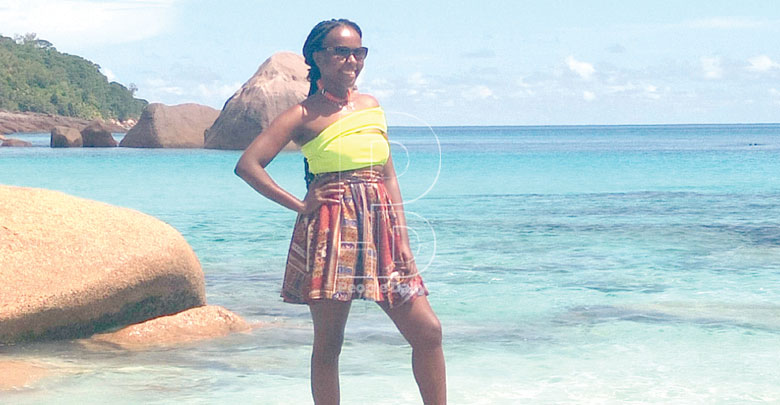Leisure tour: Seychelles is an archipelago of 115 islands
By Njeri Maina, August 8, 2019Seychelles is an archipelago of 115 islands. I chose to do just three in about seven days during a work- cum-leisure trip recently.
The three are the most visited islands in the archipelago; Mahe, the main island, Praslin and La Digue, which is the remotest island among the three and which also became my favourite.
The brochures did not lie. The sands are powdery white and soft to the toes; the waters a stunning turquoise colour. The most intriguing thing about Seychellois beaches is that they are open, and even more importantly, accessible to the public — unlike at the Kenyan Coast.
Haven for hikers
Despite four- and five-star hotels hugging the beach, residents are free to walk in and swim. That the water is shallow for long stretches makes swimming in the ocean akin to swimming in a large, infinite pool.
Stingrays and dolphins are easy to spot in any of the islands. I was lucky enough to spot stingrays in both Mahe and Praslin islands.
While one can enjoy great beaches in any of the islands, if you prefer hiking, Mahe is the island of choice. There are several hiking trails to choose from.
I hiked on the Copolia trail, which took me less than an hour to summit and view Eden island, a man-made island connected to Mahe by a bridge. If you prefer a more difficult trail, Morne Blanc should do.
Seychelles is known for coco de mer, one of the most expensive and almost extinct coconuts in the world. The nut is indigenous to Seychelles and is protected by the Seychellois government. Much like wildlife in Kenya, poachers threaten its existence.
The coconut is mainly found in Vallee de Mai, a 19.5-hectare stretch of land that is also a Unesco heritage site on Praslin island. One can get to the island by ferry, a short 20 minutes away.
Coco de mer is best known for its reproductive organs, which are quite similar to those of humans, with the male part having a phallic shape while the female ‘nut’ resembles an ample bottom. The valley has other trees indigenous to Seychelles, while you can also spot indigenous birds such as the almost extinct black parrot.
Sustainable environment
After touring Vallee de Mai, one can also visit Anse Lazio beach, famous for its huge granite boulders. Seychelles has carefully curated programmes for the discerning traveller as the country shuns mass tourism in favour of sustainable eco-tourism.
They place just as much emphasis on conserving not just the heritage sites like Vallee de Mai, but the entire island ecosystem as a whole.
“We are fully cognisant of the fact that islands are a fragile eco-system. We, therefore, have to balance conservation efforts with tourist numbers. Without sustainability efforts, our nation would die,” says Sherin Francis, CEO of Seychelles Tourism Board.
Life slows down on La Digue island. You either cycle your way around it or get a buggie. You can get to the island by ferry or in a small heli.
The island has chilled out hippie vibes, which are given full reign at the beach where cabanas are painted in rasta colours while a few dreadlocked gents and ladies sell rattan baskets, coconuts and water.
That there are other un-dreadlocked Seychellois gents and ladies, does not take away from the Caribbean vibes.
One cannot visit La Digue without a visit to the L’Union Estate at a small entry fee, where one sees the world’s largest natural granite boulder, a coconut plantation and gets in a history lesson on how coconut oil was made in the past.
I found out that I could as well indulge in the vivid green and enchanting smells from the huge vanilla plantation, which is also in the estate.
Balanced tourism
With the surfeit of islands and activities to choose from, it is no surprise that Seychelles has no low season. The islands experience between 90 and 100 per cent occupancy throughout the year.
That the island is able to balance tourism numbers and sustainability is no mean fete; it is testament to the fact that both can thrive.
“Seychelles is a success story on how the country has been able to combine ecology, economy and equity in promoting sustainable tourism. Seychelles has proven that we can support natural capital while attaining socio-economic goals,” the UNWTO Senior expert for communications in Africa Kojo Bentum-Williams explains.
